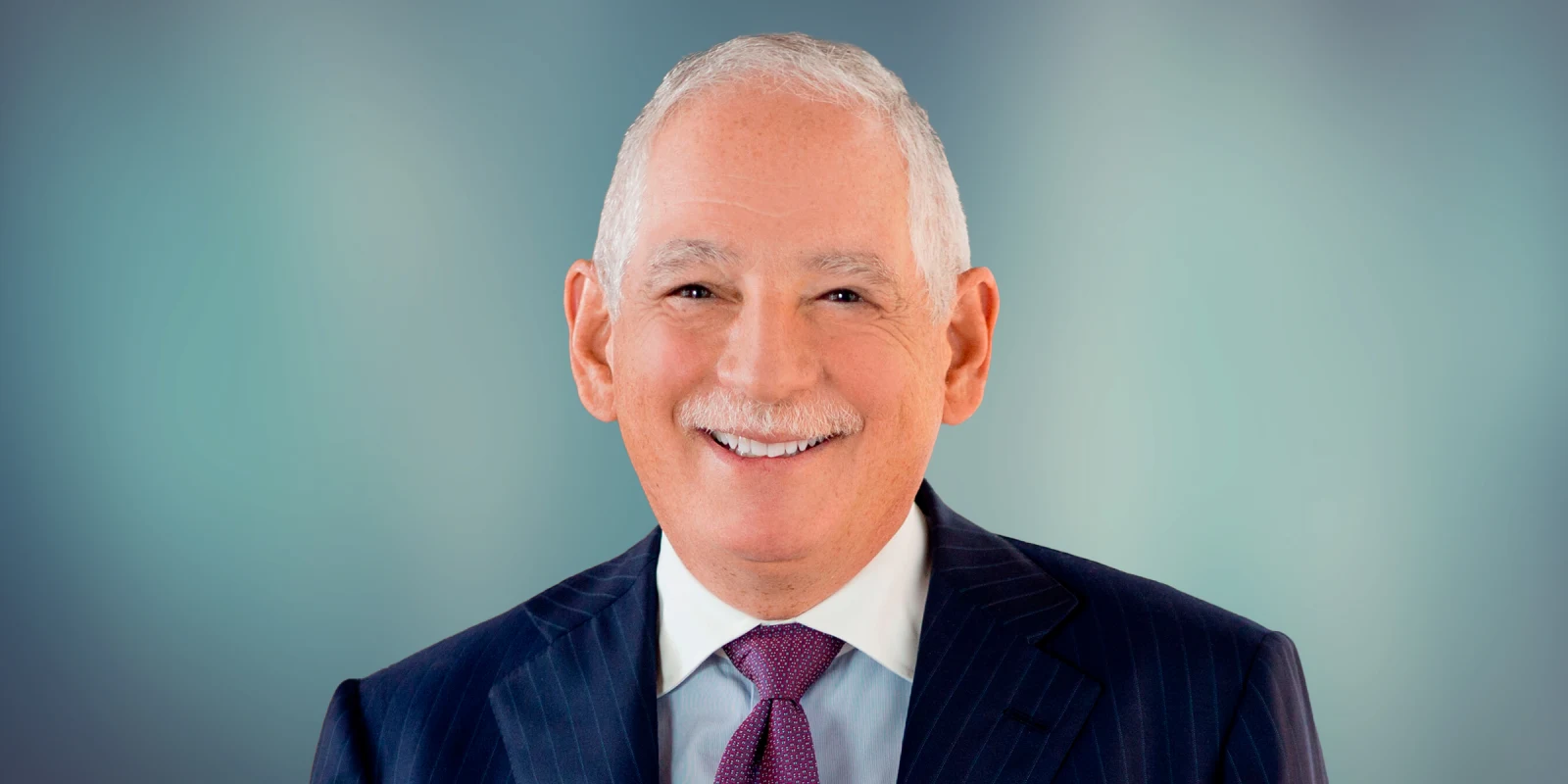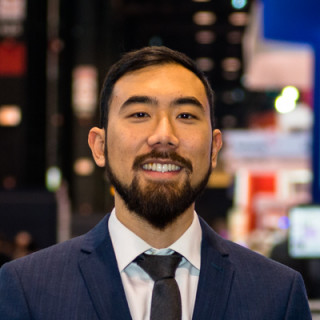At the time of the merger between New York Hospital and Presbyterian Hospital in 1998, leadership at the newly formed institution — NewYork-Presbyterian — offered Dr. Steven J. Corwin a position as the chief medical officer.
Dr. Corwin had been working as a cardiologist for more than a dozen years prior to receiving the offer, and more recently, had been heading the hospital ICUs. It was an incredible opportunity. Yet he felt conflicted: He wanted to further his career and impact on the field but found a profound level of gratification in hands-on patient care and was unsure about leaving it behind.
This penchant for clinical medicine has motivated Dr. Corwin from his youth. Growing up close to New York City in White Plains, he spent a considerable amount of time in the city with his extended family, including his maternal grandfather who passed away after a heart attack when Dr. Corwin was in fifth grade. His paternal grandfather had also died of rheumatic heart disease many years before, sparking Dr. Corwin’s early interest in cardiology.
“There was always this feeling in my mind that I wanted to be a doctor and that I wanted to help people,” Dr. Corwin said. “That has been the biggest motivator for me.”
Still, after discussing the job offer with his wife and family, Dr. Corwin ultimately decided to make the transition to administration. He believed he could make a greater contribution to patient care as a physician executive, holding on to the words of one of his mentors: “Just remember, you're a physician who happens to be a good administrator, not a good administrator who happens to be a physician.”
His dedication to the health and well-being of patients has guided his approach to leadership over the years, as the hospital’s COO in 2005 and as the CEO since 2011.
“I've always felt that sense of obligation [to patients], and I think all physicians feel that sense of obligation — that's really helped me in terms of running a hospital,” he said.
“You have to have a feel for clinical medicine in order to run a large clinical institution, because that's what these institutions are designed to do,” Dr. Corwin continued. “And having the direct experience of caring for patients, of taking patients through difficult diseases, of seeing some patients pass away, gives you a great appreciation for the fragility of life. It gives you a great appreciation for the potential power of modern medicine and for the fact that what we're trying to do is take care of every person who walks through the doors of a hospital.”
Having served as a physician executive in New York for roughly 25 years, Dr. Corwin has come to appreciate the city’s distinct qualities and the experiences it offers clinicians.
“New York is a world city, a very big city, a very diverse city … and that makes it an exciting place,” he said. “What better training ground for helping people than having cared for people — whether that person is homeless or whether that person is a child, or whether that person has cancer or heart disease, or whether that person is Black, brown, Asian — you've seen the span of disease, the span of people. And having that experience of being a physician, of seeing diverse populations, of seeing patients at all ages with all backgrounds is very important.”
What’s more, Dr. Corwin has seen the city adapt to a wide range of major events, and taken note of how those events have affected the health care industry.
“New York has been through a lot; it’s been through 9/11, through the financial crisis, and most recently, a horrific period of time in 2020 at the epicenter of the pandemic — the worst experience I’ve seen in my 40 years in medicine,” he said.
The pandemic exposed the fragility of supply chains, the need for better predictive modeling, the need to strengthen health agencies, and various weaknesses in the nation’s state-centric, patchwork quilt of public health systems, according to Dr. Corwin. For clinicians, he recognized the pandemic “was a very traumatic experience,” resulting in an exodus from the workforce and an increase in depression and post-traumatic stress.
Yet amid these challenges, he also saw the health care workforce come together. NewYork-Presbyterian, for example, redeployed as many as 2,000 physicians during the height of the pandemic, including department heads taking shifts in other departments to help provide care for COVID-19 patients. He saw clinicians within the organization maintain a culture of respect and belonging. And he saw them demonstrate great care capabilities and leadership.
“Nowhere was it more apparent that health care had true heroes — and I mean that in the profoundest way — than during the early throes of this pandemic,” Dr. Corwin said. “And I owe profound gratitude to everybody who has worked in my hospital system and other hospitals, [for] bringing us through this.”
Over the past several years, the city has also renewed its attention to broader societal issues — child poverty, homelessness, social justice — and their deep-seated connection to health care, noted Dr. Corwin, who believes there is a clear place for clinicians and health care institutions in tackling these concerns.
“As a medical institution, we have an obligation to be integral to the social fabric of our city,” he said. “You have to concentrate on reducing disparities in outcomes. You have to be a healer as opposed to a divider. You have got to make sure that everybody feels that the hospital system is part of making the city a better place. You can’t have social justice unless you have health justice.”
A first step to that end has been growing awareness and understanding of health disparities and outcomes. NewYork-Presbyterian opened the Dalio Center for Health Justice in October 2020 in an effort to promote health justice and address health disparities across the community.
“We are not just taking care of acute illness, we're trying to take care of the whole patient, and we're connecting community-based organizations and making sure that … we understand the social context of the patients we're caring for, how can we get them through in the most efficient means, and therefore reduce these disparities and outcomes,” Dr. Corwin said. “A lot of that depends on us working hard as health care systems to enlarge the swim lane.”
Though Dr. Corwin’s experience is rooted in New York, he views these lessons as largely applying across state lines. And he believes the shared experiences — of living through the pandemic, of standing up to inequities, of collaborating with communities — should encourage clinicians of all backgrounds to band together, rather than focus on their differences.
“Whether you're from a big city like New York or a small city like Albany, Georgia, there's a lot that unites us,” he said. “And the more we talk to each other as opposed to talking at each other or over each other, the better off we're going to be.”
“We exist for the public good, and that can differ from community to community,” he said. “But the basics are pretty much the same. And that is — treat everybody the same way. Get the best possible outcomes, deliver the best experience you can, reduce the burden of human disease, help people in need, and make sure that you're doing the right thing.”







